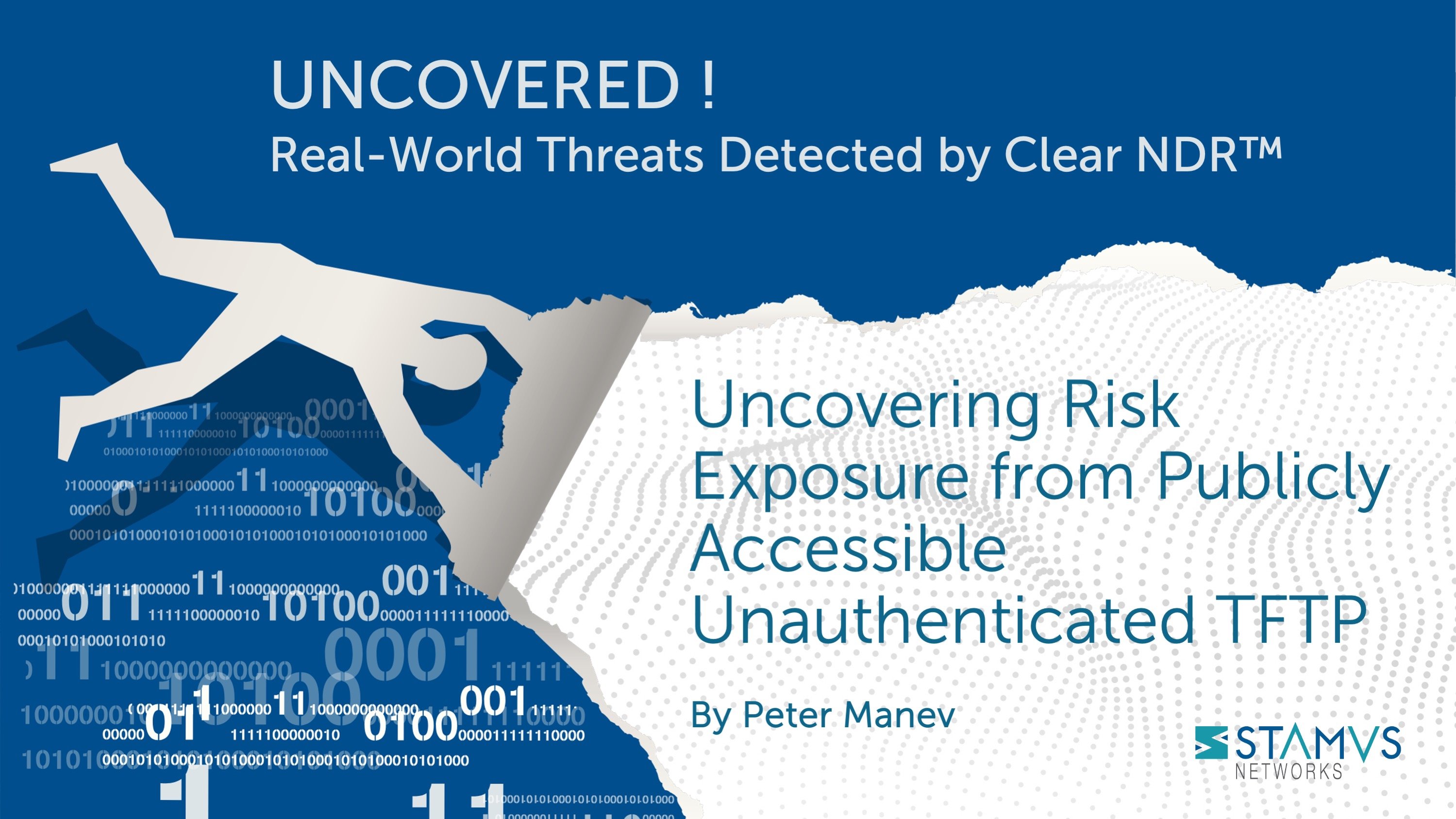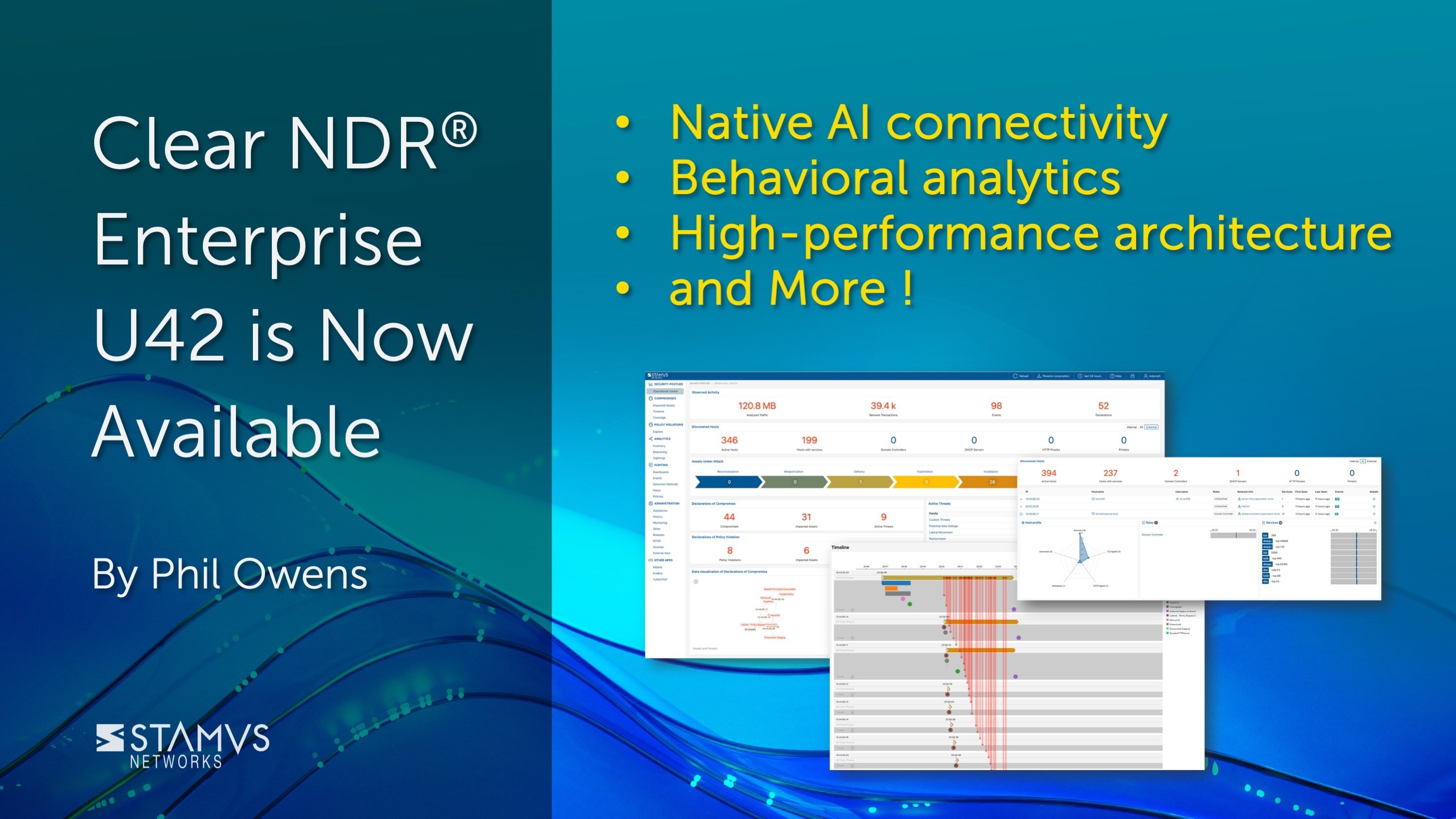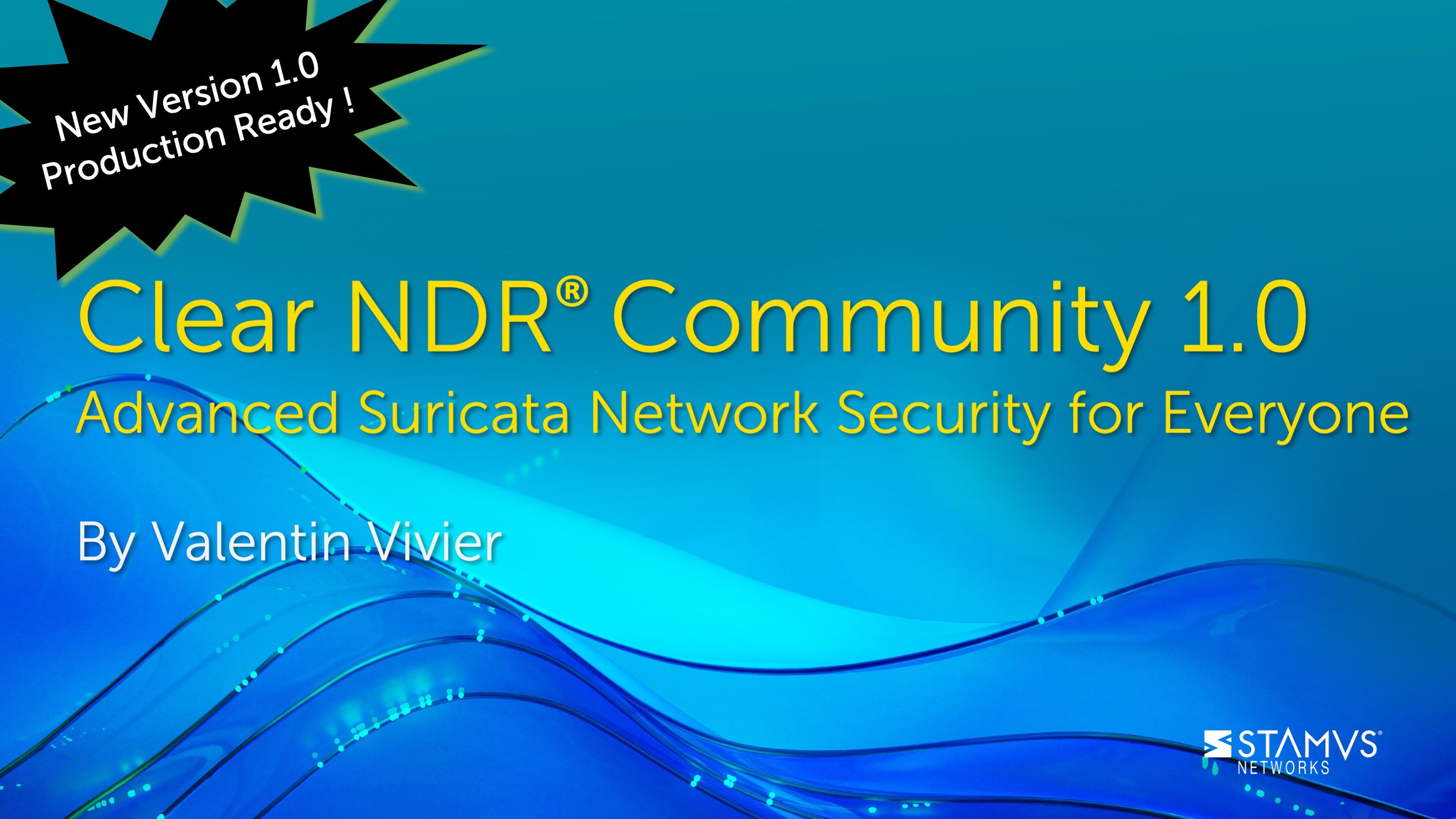One of the significant advantages of Clear NDR’s multi-layered detection is its ability to identify unintended configurations, installations, policy violations, and communications.
This early detection of dangerous risk exposure is critical as it provides an immediate warning to security teams, signaling that something requires adjustment or fixing. By taking timely action, organizations can minimize the risk of accidental or unintended exploitation or exposure, which can otherwise lead to potential malicious attacks.
While this blog focuses on TFTP (Trivial File Transfer Protocol)—a protocol commonly used by routers and switches that allows file transfers without user authentication—it also highlights broader risks associated with large data transfers and misconfigurations involving secure protocols like SSH and TLS. When TFTP or similar services are exposed to the public internet, they present serious security vulnerabilities that are frequently exploited by threat actors, including malware campaigns.
About this blog series:
This blog series explores the benefits of Clear NDRTM, focusing on how its multi-layered detection reduces the total cost of ownership while delivering unparalleled visibility.
Each article in the series highlights real-world examples from an actual Clear NDR deployment, demonstrating how its insights and threat detection capabilities benefited multiple teams across an organization—including Compliance, Security, and Network teams. Through a combination of automation, AI, and customization, Clear NDR provides actionable intelligence backed by strong evidence, enabling faster Mean Time to Detect (MTTD) and Mean Time to Respond (MTTR).
No single detection algorithm is perfect. Every approach has strengths and weaknesses, excelling in certain areas while others fall short. That’s why Clear NDR takes a multi-layered detection approach, ensuring that no single method is solely responsible for uncovering threats.
The teams involved in the use cases shared in this blog series benefited from the data, visibility, and evidence that Clear NDR provided, enabling them to take remedial actions against policy violations, Zero Trust architecture gaps, misconfigurations, and other security risks. Ultimately, this led to reduced threat exposure and improved security posture.
Identifying Exposed TFTP Communications
In one case, Clear NDR made it easy to identify unintended and insecure communications from TFTP-enabled devices. By reviewing the flow logs and geo-location details—as shown in the screenshot below—security teams were able to quickly pinpoint the exposed communication and take corrective action to prevent potential exploitation.

Large Data Transfers and Misconfigurations
Clear NDR provides an additional layer of visibility into data transfers across the organization, regardless of encryption or protocol. This capability is crucial for identifying potential risks and optimizing network performance. Whether it's benign activity, malicious data exfiltration, or a simple misconfiguration, Clear NDR helps security and operations teams identify and categorize the transfer accurately.
Identifying Large Data Transfers
An essential advantage of Clear NDR’s detection is its ability to track large data transfers moving in and out of the organization, providing crucial details like volume, speed, protocol, hosts involved, and time of occurrence. This information allows Network Operations Center (NOC) and Security Operations Center (SOC) teams to determine if the activity is benign, malicious, or simply due to an internal misconfiguration.
Pinpointing Backup Misconfigurations and Cost Optimization
An essential advantage of Clear NDR’s detection is its ability to track large data transfers moving in and out of the organization, providing crucial details like volume, speed, protocol, hosts involved, and time of occurrence. This information allows Network Operations Center (NOC) and Security Operations Center (SOC) teams to determine if the activity is benign, malicious, or simply due to an internal misconfiguration.
Data Visualization and Insights
Using Clear NDR’s data visualization dashboard, the team could quickly identify the specifics of the large data transfers—whether they were over SSH, TLS, or other protocols. The ability to track these transfers with such precision enabled the team to take immediate corrective actions. In the screenshot below we observe larger than 10GB SSH and TLS transfers with an outlier of big flow age:

Identifying Legacy SSH-Based Large Transfers
What stands out in this case is the large SSH-based transfers using legacy and unexpected default backup host settings, which were flagged by Clear NDR. These transfers, typically overlooked in traditional monitoring systems, were identified due to Clear NDR’s ability to monitor and detect unusual activity, such as outdated or misconfigured backup settings.
This level of visibility allows security and network teams to quickly pinpoint risks and take appropriate action, whether it’s addressing legacy configurations, mitigating data exposure, or optimizing the backup process for better efficiency.

Conclusion
Clear NDR’s broad spectrum detection excels at identifying unsecured protocols and misconfigurations that could otherwise expose an organization to unnecessary risk. By flagging vulnerable services like TFTP or misconfigured devices, it provides security teams with the insights needed to quickly address potential security gaps before they can be exploited. Whether it’s identifying unencrypted communication, misconfigured devices, or risky legacy settings, Clear NDR offers immediate visibility and actionable evidence to minimize threats. With this proactive approach, organizations can ensure their network is secure and properly configured, reducing the risk of accidental or malicious exploitation.
More Real-World Examples
This is just one example of how Clear NDR delivers precise and transparent evidence-backed threat detection. Stay tuned for the next blog in this series, where we’ll dive into another real-world security scenario and how Clear NDR made a difference.
For those organizations wondering if adding NDR to their security strategy is the right choice, the most effective way to discover that answer is by engaging in a POV with the experts at Stamus Networks.
To determine if NDR is right for your organization, use the button below to book a demo and speak to our team. We would love to hear about your network and see how Clear NDR can help. To stay updated with new blog posts and other news from Stamus Networks, make sure to subscribe to the Stamus Networks blog, follow us on Twitter, LinkedIn, and Facebook, or join our Discord (links below).




.jpg)


